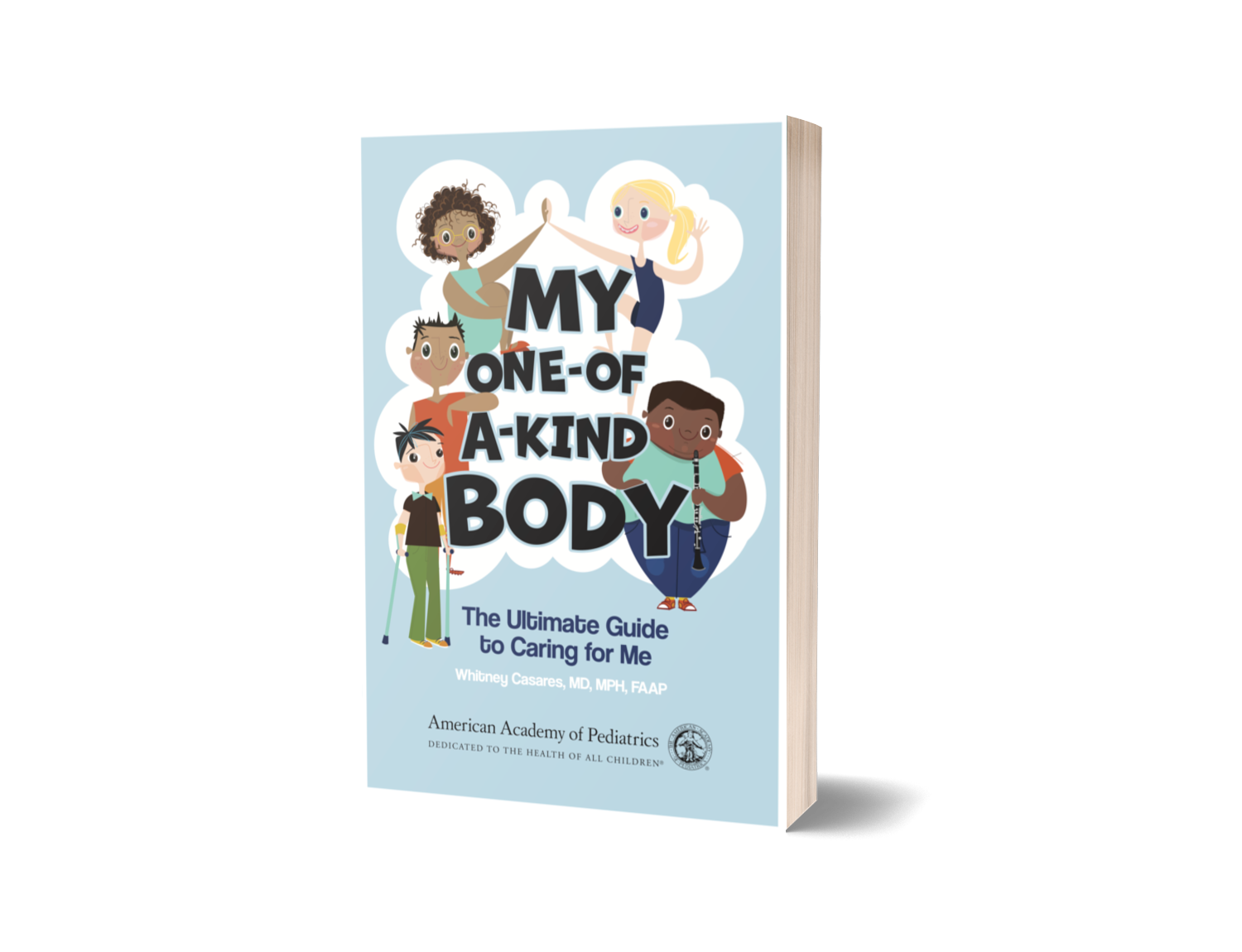Working moms are feeling the pressure. The post-pandemic burnout is real and today I'm diving in to all of the factors that really contribute. I'm giving some serious transparency on my own opinions on what employers, and decision-makers can do to create equity in the workforce in order to accommodate caregiving workers instead of creating blanket statements for all.
I saw a post on instagram that said, “True self-care is not salt baths and chocolate cakes. It’s making a choice to build a life that you don’t need to regularly escape from.” When I thought of that in regards to the moms that I work with, I thought it was true. We don’t want a life that we need to regularly escape from, but we also don’t want a life that we need to regularly recover from. I spent a lot of the first 3-4 years of my daughter’s life simply recovering from the work it was taking to take care of her. Instead of maintenance, it was recovery. I hadn’t created space so that even if I was having a hard time with her, I was still okay. I know that this is something you’re facing right now. A new study just came out that said more than 59% of workers are facing burnout, higher than pandemic levels. We are still feeling it now! I think there’s a few reasons why:
1. There’s high expectations from employers to get back to normal. All of our flexibility for parents and caregivers have been taken away.
2. There’s a lack of people-first culture in a lot of workplaces. We have to prioritize employee listening as a strategic mechanism for success. We can’t just ask the questions, but we have to follow up on what we hear from them, so they feel loyal and a part of the team.
3. There’s a lack of childcare. When families are expected to be able to just jump back into normal work life, but nothing has changed to make it easier for them to be able to leave their kids, of course burnout is going to happen.
4. Caregivers are caught in the middle as a part of the sandwich generation. They’re trying to take care of their aging parents as well as their kids. And women feel that pull even harder, so they feel like they can’t make a successful decision. They either have to leave the workforce altogether or lessen the amount of work they’re doing.
5. Sexism continues to play a role at home and the workplace. Women are still dealing with being the she-fault parent at home, while still feeling all the pressures at work. We like to think that there’s been huge leaps made in the workplace for women, but because women are disproportionately taking on the load at home but still not getting accommodations at work, there’s a chasm that’s created where women simply aren’t able to show up how they want.
Caregiver burnout doesn’t just affect caregivers personally, but it also affects businesses in tangible ways. It’s not just a “nice thing to have” when you are attending to your workers’ needs, but it also affects the work that your employees do. Performance suffers and then the workplace suffers. 46% of people say that mental health negatively affected their performance at work which is up from 34% in 2021. 51% of employers are recognizing that mental health has impacted their workplace over the last year. As we’ve said, women are more greatly affected by this, but certain socioeconomic and racial groups are hit harder as well.
When I speak to heads of HR and large corporations, I tell them that if you want to create a work culture that prevents burnout and supports caregivers, you need to think about helping your caregivers on your team figure out ways that to create a life that’s like that original instagram post I was talking about. Help them create a life that they don’t have to run away from or recover from.
Think about it like this: imagine the “work hard, play hard” crowd from colleges. If they party all weekend long, then they have to really work to get it together during the week. But they have to work so hard because they’re in the middle of college that they just want to zone out or lose themselves over the weekend. And the cycle continues. This leads to all sorts of mental health issues and it’s the same for caregivers in the workplace.
When companies want to support their employees but also get the best work out of them as possible, they have to actually invest in their employees personally. Treating them like humans, model authenticity, trusting them to get their work done.
You also have to practice what you preach and stand behind the values you say you have. This includes equity not equality. Not every person needs to leave at 4pm, but some might have one day where that’s really important. Blanket statements don’t work, you have to listen to what they need.
Parenting out loud. It’s the idea from Mary Beth Ferrante, that when you’re in leadership and you talk about yourself as a whole person AND a parent where you allow people to see all facets about you, it allows your employees to do the same for themselves.
Promote individual work life integration practices. You have to teach them how to organize their stress because this is not something we’re taught how to do! Something I did recently for my own life, was change how I was working out. I was doing my Peloton rides, my yoga, all the things that really help my mindfulness, but I didn’t think they were doing much to help me feel good in my body. I was working so hard, but they weren’t giving me the results that I wanted. And my husband told me it was because the activities I was doing were too much hard work and it forced my body to recover even more intensely. So I was burning muscle, feeling tired, and eating more food to recover from that hard work load.
And we do that in the workplace too. People have to work so hard that then they feel like they have to recover all the time. And if we can just create a life and work culture that doesn’t require us running away and recovering constantly we are going to feel so much more satisfied as well as produce better work. As a mom if you’re struggling to keep all the balls in the air, but at the end of the day you’re not satisfied with the results you’re getting, maybe you’re doing it wrong.
That’s how the Conflicted to Centered Blueprint came about. To give you a way to take every single bit of stress in your life and give it its own space. I want to give you permission if you feel like you’ve been working so hard to find “balance,” maybe you need a new way to do things. A new path forward that will get you so much less stuck.
If you're a working mom looking to 'find the joy' and begin on that journey of advocating for yourself, first you need to know what it is you're going to ask for. Please begin my FREE daily email series, The Joyful Working Mom.
Here's the link, mama!












